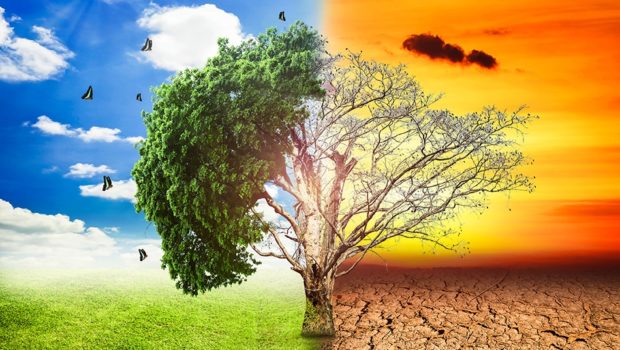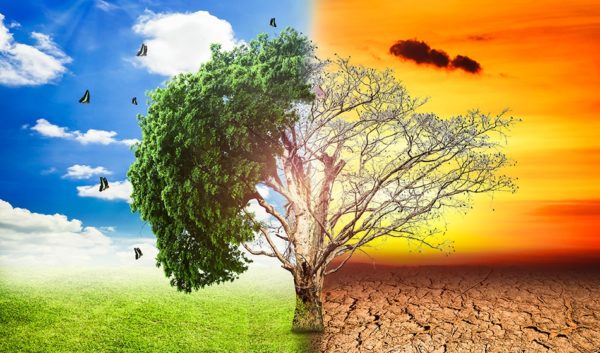How normal weather is being affected by global warming?
A consequence of this human-made worst effect is an increase in extreme weather and temperatures. With global warming, these effects are growing day by day, producing destructive products that are both long-lasting and destructive to the average temperature and weather. Temperature, water precipitation, and storms are all impacted drastically by global warming. The greenhouse effect also alters the water equilibrium by creating floods and droughts. Man-made change has a wide-ranging impact on the human ecosystem, but none are more drastic than its effects on weather. Air conditioners, petrol, and other appliances that operate on electricity cause the temperature to rise suddenly, making it possible for extreme heat events.
The following are some of the far-reaching consequences of global warming:
1. An increase in the average temperature
One of the most noticeable and audible effects of global warming is its effect on our ecosystem and our Earth’s atmosphere. Over the last 100 years, Earth has experienced an average temperature increase of around 1.4 degrees Fahrenheit. Since the previous 30 years, temperatures have changed dramatically. Eight out of 10 warmest years in world history have occurred in the past 30 years. More cold weather welcomes scorching hot summer days.
2. Extreme weather occurrences
Excessive temperature extremes are on the rise since the 19th century. Every year, winters are becoming colder, and summers are also experiencing higher temperatures. As a result of the polar jet stream, sudden changes in temperature from hot to cold can be expected. Deserts have become more comfortable as days heat up and nights get colder.
3. The variation of precipitation
Over the last century, precipitation levels have increased in many countries like America and Canada. Some areas have been more severely affected than others. However, some areas have experienced a drastic drop in rainfall. Additionally, it is also noted that the annual rainfall is increasing abnormally in the last 30 years.
4. Effects on Snowfall
Climate change is accelerating precipitation and leading to more prolonged snowfall by increasing precipitation. More snow is also being brought by climate change, and more melting and refreezing of snow occur. Research suggests that the next couple of years will see more heavy rainfall and higher humidity levels like a drought. During frigid temperatures, there will be more precipitation and snowfall because warm temperatures cause more evaporation of water. Nevertheless, in some areas of the United States, snowfall declined, and the decline is eighty percent, and precipitation are more in the form of moist rains. You can find snow probability in Canada and the USA with snow day calculator.
5. Earth’s water ratio is unbalanced
Due to the high temperature, more snow is melting, and there are more rainfalls and flooding than before. Increased temperatures enhance evaporation and increase the amount of rain. There is a high occurrence of flooding in recent years because of deforestation and the effect it has on global warming. With rising temperatures, storms are more likely to occur as well as more moisture in the air.
6. Droughts
There is an increase in average temperatures due to climate change, and this causes more evaporation from soils. More snow melts earlier, causing earlier and earlier droughts. Although the amount of precipitation has increased, there has been a long period of heavy rainfall, and there has been restricted absorption of water by the soil. As greenhouse gases float through the air, they also increase temperature and increase the chance of drought. Since the turn of the century, more deficits exist than ever before due to extreme weather events.
7. Heat waves
There has been an increase in the temperature of the earth’s atmosphere due to global warming. More people are exposed to high temperatures, which cause heat waves that are fatal to humans and biodiversity. By having more hot days in the future, there are more chances of heatwaves.
There is measurable damage to the Earth and its inhabitants as a result of global warming. The human population and biodiversity are being endangered by increasing extreme temperatures and increasing average temperatures. During the past few years, both flooding and drought have increased. Increased sea levels and melting glaciers are other consequences of global warming. Homo sapiens should limit their activities, so they do not further tarnish the environment.















